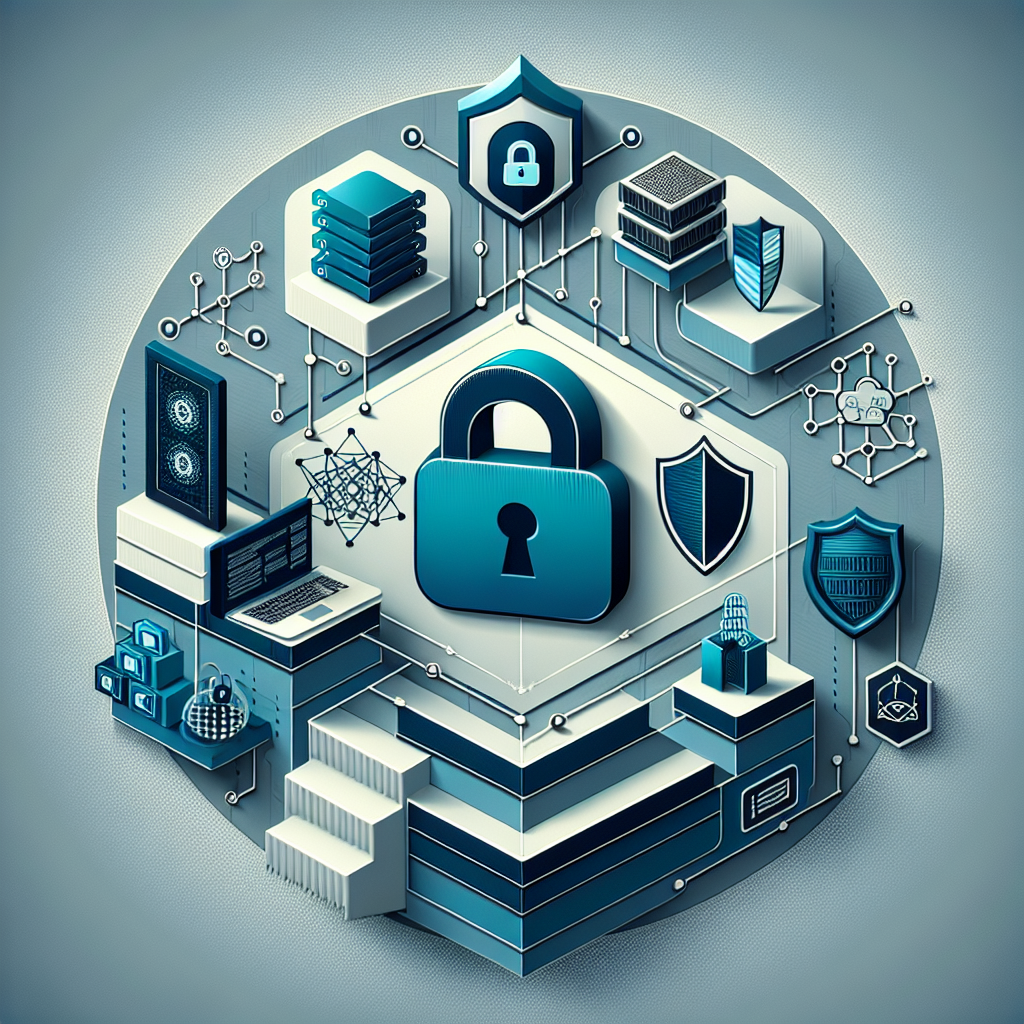Cybersecurity Basics for Beginners: A Step-By-Step Guide
In today’s digital age, cybersecurity is more important than ever. With the increasing number of cyber threats and attacks, it is crucial for everyone, especially beginners, to understand the basics of cybersecurity to protect themselves and their personal information online. In this guide, we will provide a step-by-step overview of cybersecurity basics for beginners.
Step 1: Understand the Importance of Cybersecurity
The first step in cybersecurity basics is to understand why cybersecurity is important. Cyber attacks can result in theft of personal information, financial loss, identity theft, and even damage to your reputation. By understanding the risks, you can better protect yourself online.
Step 2: Use Strong Passwords
One of the simplest ways to protect yourself online is by using strong passwords. A strong password should be at least 12 characters long and include a mix of letters, numbers, and special characters. Avoid using easily guessable passwords such as “password123” or “123456.”
Step 3: Enable Two-Factor Authentication
Two-factor authentication adds an extra layer of security to your online accounts by requiring a second form of verification, such as a text message or email, in addition to your password. Enable two-factor authentication on all of your accounts to further protect yourself from cyber attacks.
Step 4: Keep Your Software Updated
Software updates often include security patches that fix vulnerabilities that hackers can exploit. Make sure to regularly update your operating system, web browsers, and other software to protect yourself from cyber threats.
Step 5: Be Cautious of Phishing Emails
Phishing emails are a common tactic used by cybercriminals to steal personal information. Be cautious of emails that ask for personal information or contain suspicious links. Avoid clicking on links or downloading attachments from unknown sources.
Step 6: Use a Virtual Private Network (VPN)
A Virtual Private Network (VPN) encrypts your internet connection and hides your IP address, making it more difficult for hackers to track your online activities. Use a VPN when connecting to public Wi-Fi networks to protect your personal information.
Step 7: Backup Your Data
Regularly backup your data to an external hard drive or cloud storage to protect yourself from data loss in the event of a cyber attack. This will ensure that you can easily recover your files in case of a security breach.
By following these cybersecurity basics for beginners, you can better protect yourself and your personal information online. Remember to stay informed about new cyber threats and take proactive measures to safeguard your digital presence. Stay safe online!


Leave a Reply